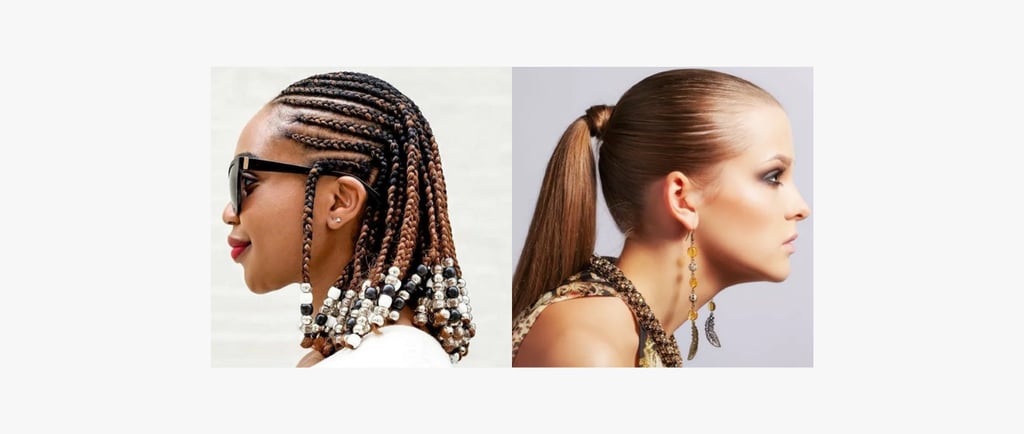Free Express Shipping on all orders with all duties included
Traction Alopecia
When Hairstyles Hurt Your Hair
9/6/2024


Hair loss is a common concern, and while many factors can contribute to it, one often overlooked culprit is our own hairstyles. Traction alopecia is a form of hair loss caused by persistent tension on the hair follicles. In this blog post, we'll delve into the causes, symptoms, and prevention of traction alopecia, so you can keep your hair healthy and strong.
What is Traction Alopecia?
Traction alopecia occurs when hairstyles that pull tightly on the hair, such as braids, cornrows, ponytails, and extensions, put excessive strain on the hair follicles. Over time, this constant tension can damage the follicles, leading to hair breakage, thinning, and even permanent hair loss.
Causes:
Tight hairstyles: Braids, cornrows, dreadlocks, tight ponytails, and extensions can all cause traction alopecia if worn frequently or too tightly.
Hair accessories: Headbands, clips, and other accessories that pull on the hair can also contribute to the problem.
Chemical treatments: Relaxers and other chemical treatments can weaken the hair, making it more susceptible to damage from traction.
Symptoms:
Receding hairline, especially around the temples and forehead.
Thinning hair, particularly in areas where the hair is pulled tightly.
Bumps or pustules on the scalp.
Itching and redness.
Pain or tenderness in the scalp.
Prevention:
Avoid tight hairstyles: Opt for looser styles that don't pull on your hair.
Change your hairstyle frequently: Don't wear the same tight hairstyle every day.
Be gentle with your hair: Avoid pulling or tugging on your hair when styling or brushing.
Use hair-friendly accessories: Choose accessories that don't put stress on your hair.
Minimize chemical treatments: Limit the use of harsh chemicals on your hair.
Treatment:
Early detection and intervention are crucial. If you notice any signs of traction alopecia, stop wearing tight hairstyles and see a dermatologist or trichologist.
In mild cases, hair may regrow on its own once the tension is removed.
In more severe cases, medications or other treatments may be recommended to promote hair growth.
Remember:
Your hair is a reflection of your overall health, so it's important to take care of it.
By avoiding tight hairstyles and being gentle with your hair, you can help prevent traction alopecia and keep your hair looking its best.
If you're concerned about hair loss, don't hesitate to seek professional advice.
Traction alopecia is a preventable form of hair loss. By being mindful of your hairstyles and taking good care of your hair, you can protect your hair and scalp from damage.
Remember: This blog post is for informational purposes only and should not be considered a substitute for professional medical advice. If you're experiencing hair loss, consult with a qualified healthcare professional for diagnosis and treatment options.
Thymuskin
Save Your Hair
info@thymuskinuae.com
Phone: +971 4 3939 771
© 2026 Thymuskin®. All rights reserved.
Cell: +971 505 41 9616
